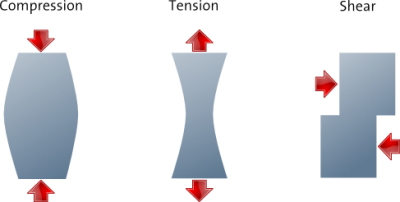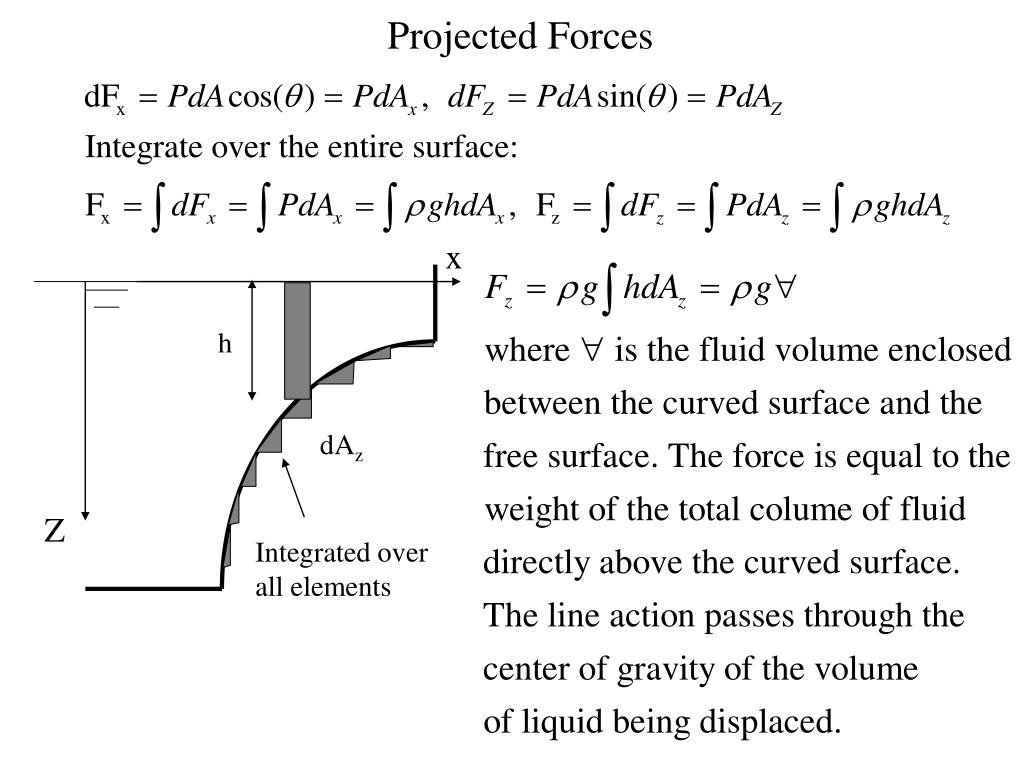
In this case, both sides of the piston are exposed to the same atmospheric pressure. To do this, one simply holds the piston in the air without a cylinder. In fact, however, the force on the piston will be the same! So the shape of the surface has no influence on the force caused by the pressure.Ī simple example from everyday life can be used to demonstrate this phenomenon. Therefore, it makes sense to define the magnitude of a pressure p as the quotient of force F and surface area A. In addition to the force, the surface area is also decisive for the magnitude of the pressure.Įveryday experience shows that the greater the force and the smaller the surface area, the greater the pressure. The pressure marks left behind by the feet of the table on a wooden floor will also be deeper, the smaller the contact surface is. Figure: Pressing a drawing pin together between two fingers The tip of the drawing pin presses into the skin much more painfully than the opposite head. If, for example, one holds a drawing pin between thumb and index finger, one will notice differences when pressing the fingers together, although both sides are subjected to the same force. Figure: Pressure mark of a heavy table on a floorīut not only the force is decisive for the magnitude of the pressure. The pressure always occurs at the contact surfaces of the two objects. These examples show that a pressure obviously only arises when at least two objects are involved (finger/dough, table/floor, pin/wall) and exert forces onto each other.

A drawing pin is pressed into a wall to hang up a poster.

The feet of a heavy table press into the soft wooden floor and leave pressure marks. When baking, you press your fingers into the dough to knead it.

In everyday life one often encounters the concept of pressure.


 0 kommentar(er)
0 kommentar(er)
